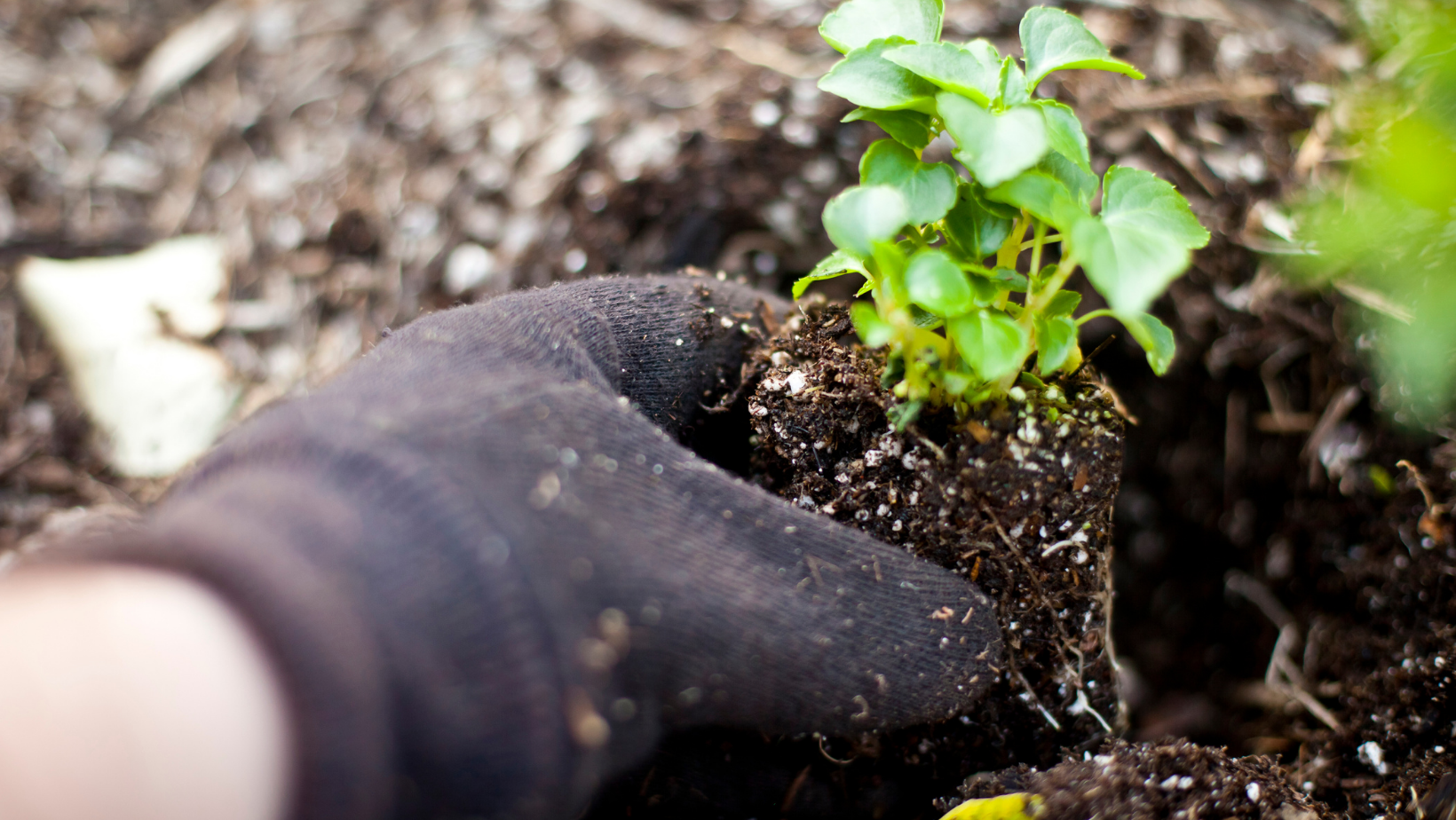Posted by Esther Roberts on 15th Oct 2021
How to properly move your garden plants

There are many reasons as to why someone would need to move a plant from one place to another. Maybe you're moving house and want your garden plants to relocate with you. Or maybe your plant just isn't flourishing in a certain part of the garden and you want to give it a fighting chance. Moving a plant is an easy process so long as you take your time and treat your plants gently.
If this move isn't hindered by a timeframe the best time to move plants would be during early spring when the soil is not that warm. Trees, shrubs and roses should be left until late autumn when the plants are not fully grown. Cooler conditions are best suited as they do not stress the plant as much as heat will.
Step 1: Identify the space
The best place to start is by identifying the space you want to locate the plant. The roots being out of soil for too long can be detrimental so make sure the move is done quickly and gently. When it comes to deciduous shrub or rose bushes, prune the top half back to make the move easier.
Step 2: How to move your plant
This part requires more patience and a light hand. Grab your spade and gently loosen the soil around the roots and plant. When inserting the spade make sure that it is done away from the base of the plant to avoid damage. If you find you're not reaching the roots don't be afraid to keep digging. It is inevitable that roots will be broken but just try to expose as much as you can before you start lifting.
Step 3: Removing your plant from soil
This part is a two handed job and if you need help then that is encouraged. Hold the top part of the plant with one hand and hold the roots with your other. Gently pull to see if the roots come away from the soil easily. If there is resistance, continue to remove soil until the plant can be lifted.
Step 4: Replant your plant
Take this time to prune away any dead or broken shoots. Carry the plant to its new planting hole - if you're not immediately transporting the plant be sure the roots do not dry out and wrap them. Lower the plant into its new home, check that there is enough room for the roots and avoid squashing them to make sure they fit.
Step 5: Watch your plant flourish
Not sure how to tell your plant is the same depth as before? Part of the stem should be lighter than the rest, indicating the soil level. Water well, repeating during dry spells and pay particular attention during spring and summer!

